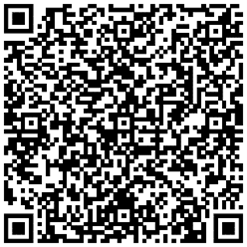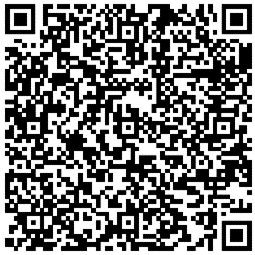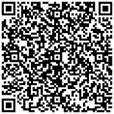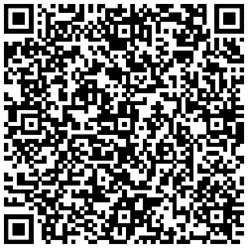Volume 2, Issue 1, 20 January 2025
Multimodal Modules for Language Proficiency Enhancement
DOI:
https://doi.org/10.59936/stile.v2i1.167Additional Files
Video Abstract
Navigation Notes








The main objective of our English for Academic Purposes (EAP) multimodal project is to facilitate language development among first-year students in a writing course. EAP teachers have consistently observed that students face challenges in producing grammatically accurate language, adversely impacting their writing performance. One contributing factor to EAP students’ generally weak language proficiency is their lack of motivation to learn English. Additionally, the non-credit-bearing nature of the EAP course exacerbates the issue of insufficient student motivation and engagement. Therefore, there is a pressing need to explore more innovative approaches to stimulate students’ interest in language learning.
The conceptualisation of our multimodal project emerged from anonymous end-semester feedback provided by students, many of whom indicated they exhibited a greater willingness to concentrate and participate when lessons incorporated media formats such as games and videos. Given the changes in students’ learning preferences, coupled with individual learner styles, moving beyond text-based modality and embracing multimodal learning opportunities should be given considerable attention. Sankey et al. (2010) defined multimodal learning as the integration of multiple instructional elements that draw on visual, auditory, and written modes. In our multimodal modules, we have developed animated videos to present language features, followed by well-designed Kahoot slides to reinforce language knowledge, and interactive games and practices for consolidation. The orchestration of multimodal resources affords students an enhanced, more memorable learning experience (Hafner, 2023).
The multimodal learning modules are also built on the model proposed by Malone and Lepper (1987), which summarises key factors that increase the motivational value of a learning activity. These factors include challenge, curiosity, cooperation, competition, and recognition. The language features that are purposefully selected aim to address common writing errors or secondary-school writing conventions, e.g., forming subject and object questions and formulating complex noun phrases. The direct response to students’ linguistic gaps can stimulate an optimal level of cognitive challenges while maintaining curiosity, as the discovery of inconsistency with their existing knowledge drives their desire to acquire new information, as Malone and Lepper (1987) suggested. Regarding cooperation and competition, by leveraging the functions of the Kahoot platform, the primary medium for our learning modules, students have the flexibility to complete the modules individually or in groups at their own pace. A ranking result is also displayed to recognise high performers upon completing all the learning activities in each module. Adding such a gamified element, we believe, will create more interest among students in participating in these modules. Meanwhile, the adoption of multimodal learning also leads to a paradigm shift in teachers’ roles from dominators to facilitators (Bezemer & Kress, 2016), fostering an authentic student-led classroom environment that encourages active student participation.
References
Bezemer, J, & Kress, G. (2016). Multimodality, learning and communication: a social semiotic frame. Routledge.
Hafner, C. A. (2014). Embedding Digital Literacies in English Language Teaching: Students’ Digital Video Projects as Multimodal Ensembles.TESOL Quarterly, 48(4), 655–685. https://doi.org/10.1002/tesq.138
Malone, T. W., & Lepper, M. R. (1987). Making learning fun: a taxonomy of intrinsic motivations for learning. In R. E. Snow, & M. J. Farr (Eds.), Aptitude, learning, and instruction: III. Conative and affective process analyses (pp. 223-253). Hillsdale. https://ocw.metu.edu.tr/pluginfile.php/2340/mod_resource/content/0/ceit706/week3/MakingLearningFun-ATaxonomyOfIntrinsicMotivationsForLearning.pdf
Sankey, M., Birch, D., & Gardiner, M. (2010). Engaging students through multimodal learning environments: the journey continues. Proceedings of ASCILITE—Australian Society for Computers in Learning in Tertiary Education Annual Conference 2010, pp 852–863. https://www.researchgate.net/publication/228645848_Engaging_students_through_multimodal_learning_environments_The_journey_continues
Additional Files
Scholarship
CITATION
Please cite as: